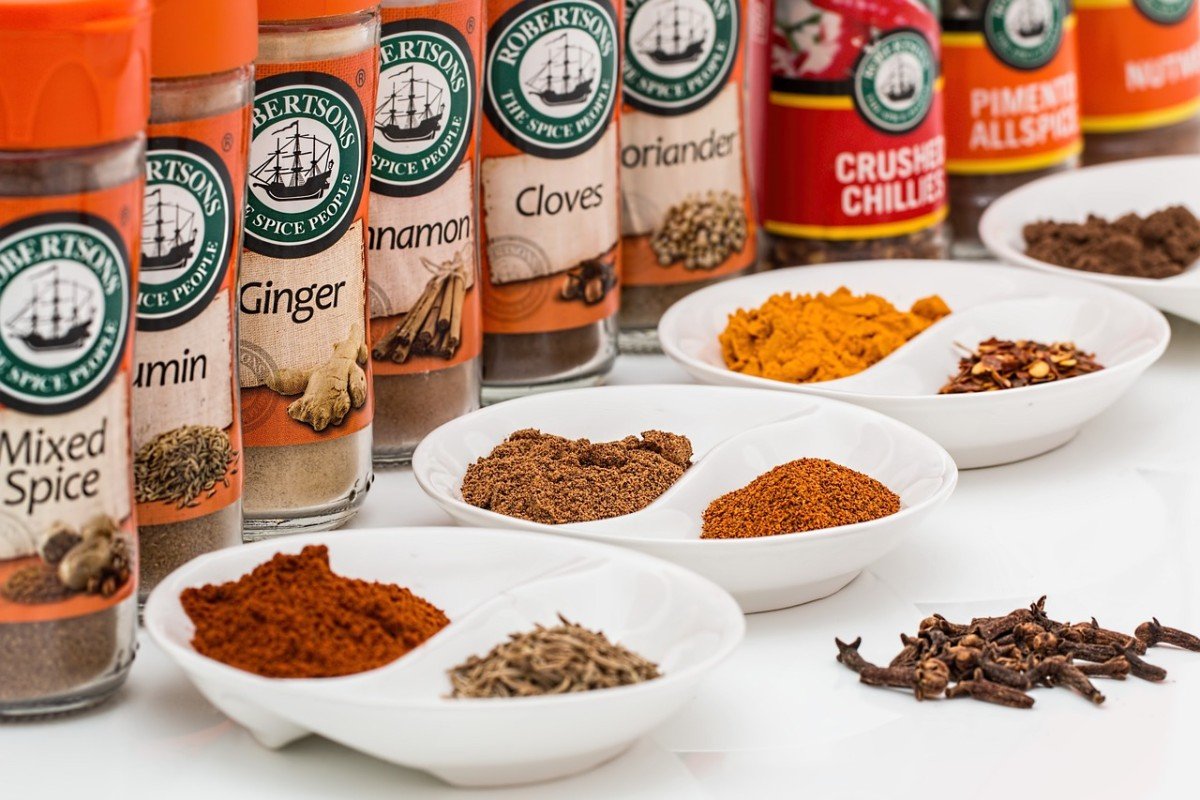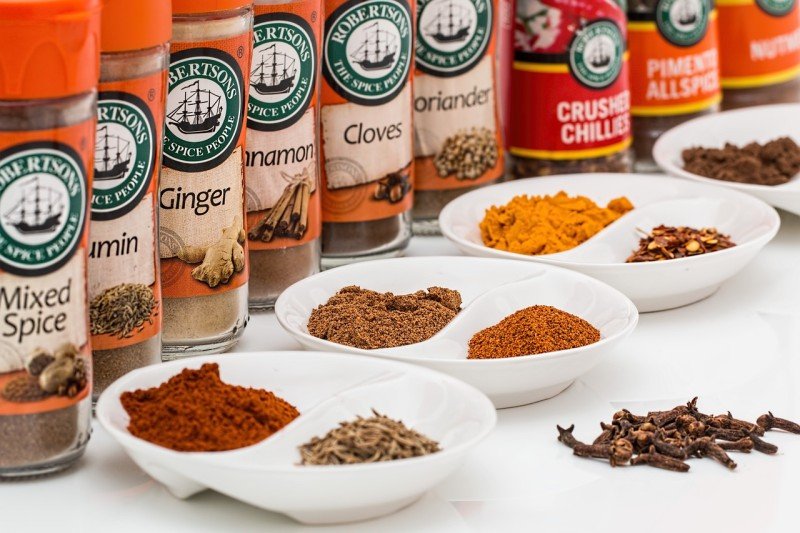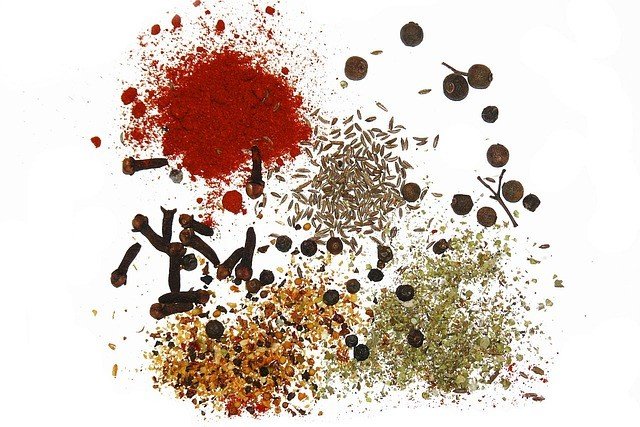Traveling through the vibrant markets of the world, you will encounter a rainbow of exotic spices that tell stories of their origins and the cultures they represent. From the bustling streets of Marrakech to the scenic hills of India, spices are not just ingredients; they are a part of a culinary heritage that binds people together. Each spice has its own unique flavor and aroma, inviting you to savor flavors that have been cherished for centuries.
In the heart of Southeast Asia, the rich scent of lemongrass can transport you to Thailand, where it’s a key ingredient in many dishes. The zingy zest of this herb enhances soups, curries, and stir-fries, adding brightness to each bite. Nearby, in Indonesia, the spice mix known as "bumbu" combines various ingredients like turmeric, galangal, and coriander, showcasing the region's deep culinary traditions and the diverse flavors that come with them.
Traveling farther west, the aromatic allure of saffron beckons from Spain. Known as the world's most expensive spice, it gets its rich golden color from the delicate filaments of Crocus sativus flowers. A pinch of saffron elevates the humble paella, turning it into a feast for the senses with its vibrant color and earthy taste. Meanwhile, in the Middle East, a pinch of sumac adds a tangy kick to dishes, embodying the region's love for complex flavors and bright dishes.
As you explore the world of spices, you’ll also find chilies, which vary in heat and flavor across countries. In Mexico, for instance, dried varieties like ancho and chipotle bring depth to salsas and mole sauces. Each region's unique spices reflect its geography, climate, and history, weaving a tapestry of flavors that can transform a simple meal into an extraordinary experience. Discovering these spices reminds us that food is a journey, inviting us to explore and enjoy the diverse cultures that enrich our lives.
How Spices Enhance Everyday Dishes
Spices are nature's way of adding a burst of flavor to our everyday meals. Many of us stick to the same few ingredients when cooking, but incorporating a variety of spices can transform a simple dish into something extraordinary. Just a pinch of cumin or a sprinkle of paprika can elevate the taste and add complexity that keeps your palate excited.
For instance, a basic vegetable stir-fry can be made glorious with the addition of ginger and garlic. These spices not only bring warmth and zest but also a hint of earthiness to the dish. Similarly, experimenting with herbs like basil or oregano can turn spaghetti into an Italian feast, where the aromas alone transport you to a cozy trattoria.
Even sweet dishes benefit from the magic of spices. A dash of cinnamon in your morning oatmeal or a hint of nutmeg in your pumpkin pie can awaken your senses and create a comforting experience. These familiar flavors evoke memories and create a warm connection to our meals.
Moreover, spices are not just about flavor; they also contribute health benefits. Turmeric, for example, is renowned for its anti-inflammatory properties, while garlic is known for boosting your immune system. By embracing spices, we not only enhance our dishes but also nourish our bodies.
Health Benefits of Various Spices
Spices have been used for centuries, not just to enhance the flavor of our foods but also for their numerous health benefits. Incorporating a variety of spices into your diet can be a simple yet effective way to boost your well-being. Let's explore some popular spices and the health benefits they offer.
Turmeric, known for its vibrant yellow color, contains curcumin, a compound with powerful anti-inflammatory properties. This spice is widely used in Indian cuisine and has been linked to improved brain function and a lower risk of chronic diseases. Adding turmeric to your meals can also support your immune system and may even alleviate symptoms of arthritis.
Cinnamon, a warm and aromatic spice, is not only a delicious addition to both sweet and savory dishes but also boasts impressive health benefits. This spice can help regulate blood sugar levels and has been shown to improve insulin sensitivity. Moreover, cinnamon is packed with antioxidants, which combat oxidative stress and may enhance overall heart health.
Ginger, often used in Asian cooking, is renowned for its ability to soothe digestive issues. Rich in gingerol, it has anti-inflammatory and antioxidant properties. Ginger can also help to reduce nausea, making it a go-to remedy for those suffering from motion sickness or morning sickness during pregnancy. Adding fresh ginger to your meals or teas can provide a delightful zing while promoting better health.
Lastly, garlic is more than just a flavorful addition to your dishes; it’s a powerhouse of health benefits. This pungent spice is known for its ability to boost the immune system, lower blood pressure, and improve cholesterol levels. Allicin, the compound responsible for garlic's strong flavor and aroma, contributes to its potent medicinal properties. Including garlic in your diet can help protect against various ailments, making it a staple in both cooking and wellness.
Simple Ways to Use Spices Daily
Spices are not just for special occasions; they're a fantastic way to enhance your everyday meals. One of the simplest ways to incorporate spices into your daily routine is by adding them to your breakfast. A pinch of cinnamon in your oatmeal or some paprika sprinkled on avocado toast can transform a common meal into a flavorful delight. Experiment with different spices to discover what suits your taste best!
For lunch, consider adding spices to your salad dressings. A squeeze of lemon juice mixed with a touch of cumin or a dash of coriander can elevate your greens. You can also sprinkle some crushed red pepper or Italian seasoning over grilled vegetables to bring out their natural flavors. The key is to mix and match spices to create your own signature dressing.
Dinner is another prime opportunity to use spices creatively. Try marinating chicken or tofu in a mixture of yogurt and spices like turmeric and garam masala for a flavorful twist. You can also add a variety of spices to your soups and stews. A combination of thyme, bay leaves, and a bit of cayenne can add depth and warmth to your favorite winter dish.
Finally, don’t overlook the power of spices in your snacks. Roasting chickpeas with olive oil, salt, and your favorite spices, such as chili powder or smoked paprika, creates a crunchy, satisfying treat. You can also sprinkle some cinnamon on popcorn for a sweet yet healthy snack. These little additions can make a big difference in how you enjoy your food every day!



